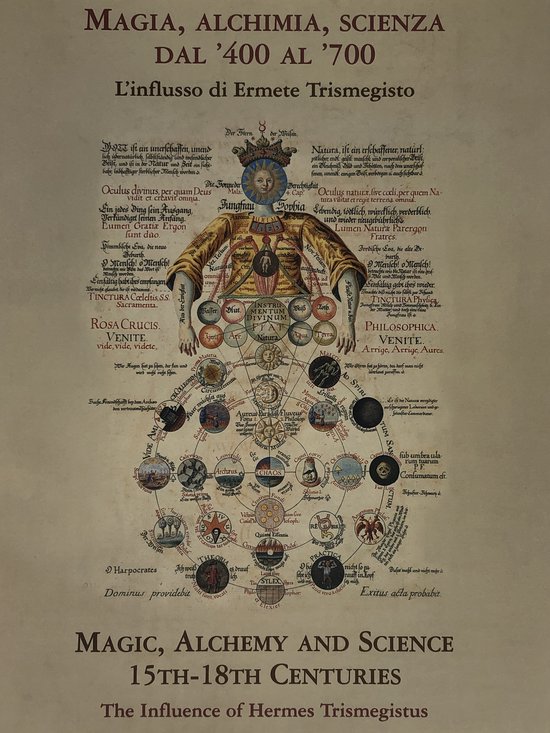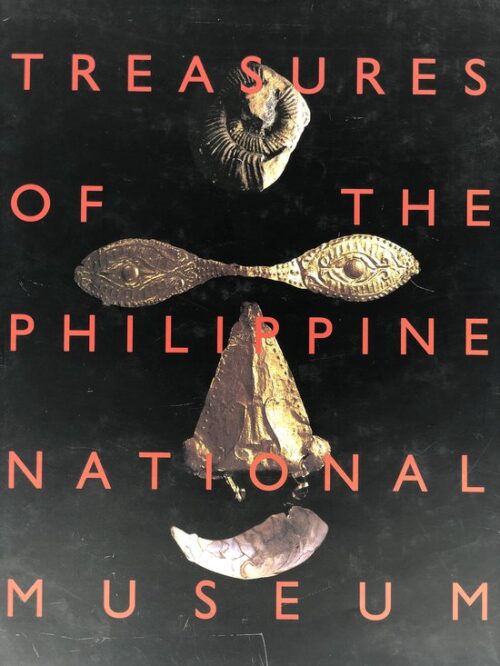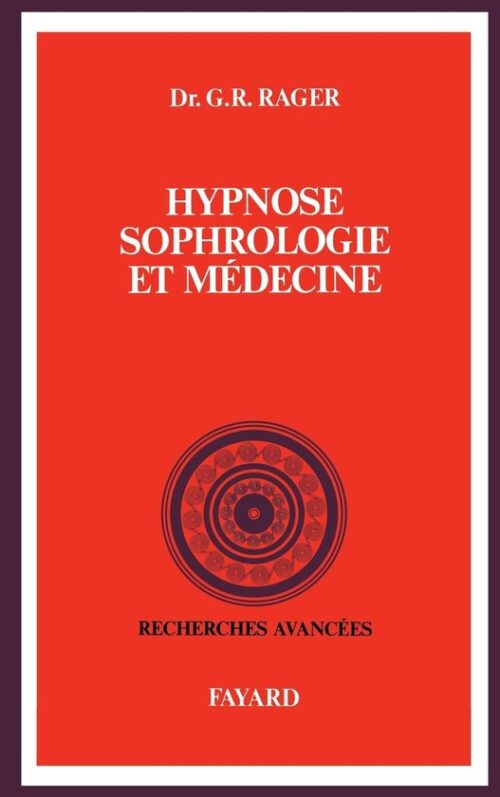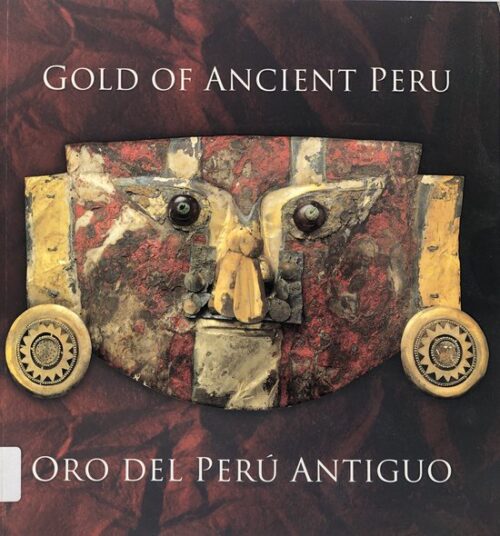Beschrijving
This volume is a comprehensive catalogue-essay accompanying an exhibition held at the Biblioteca Nazionale Marciana in Venice in 2002, focusing on the intertwined histories of magic, alchemy, and science between the 15th and 18th centuries. Under the editorial oversight of Carlos Gilly and Cis van Heertum, the work traces how the figure of Hermes Trismegistus served as a symbolic fulcrum for the transmission of esoteric-philosophical knowledge into the early modern period.
In successive sections, the book considers three main dimensions: first the hermetic tradition and its textual legacy (manuscripts, early prints, emblem books); second the practice of alchemy and its relation to natural philosophy, medicine and metallurgy (how alchemical operations anticipated or paralleled emerging scientific methods); and third the shifting boundary between what was considered “occult” and what became “experimental science” during the Renaissance and Enlightenment. Through rich illustration of manuscripts, printed books, instruments and artworks, it shows how these disciplines were not separate but deeply interwoven in intellectual culture.
Finally it offers reflection on the historiography of knowledge: how modern scholars interpret these sources, the methodological challenges of defining “magic” or “science” in past contexts, and the relevance for our understanding of early modern epistemologies. The work invites readers to reconsider linear narratives of scientific progress by showing how esoteric and experimental traditions co-existed and conditioned each other over centuries. With roughly 922 pages, it stands as an authoritative reference for the history of ideas, alchemy, book-culture and the reception of hermetic thought in Europe.






Beoordelingen
Er zijn nog geen beoordelingen.